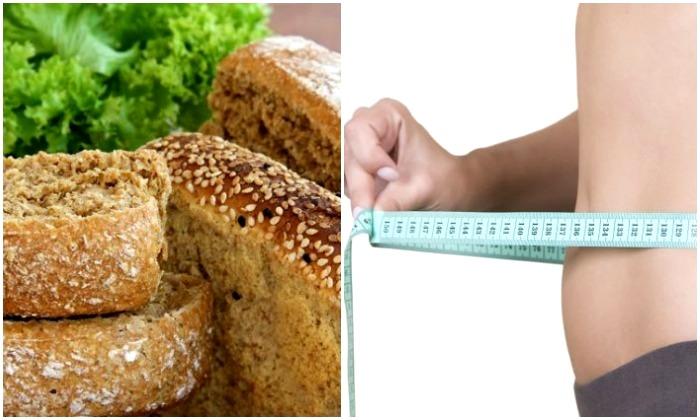It’s difficult to lose weight. And it’s even harder to keep it off. Many people achieve short-term weight-loss only to return to their previous lifestyle choices—and their previous weight—over time. This can lead to yo-yo-ing between weight loss and weight gain.
One of the problems is that weight-loss diets aren’t sustainable. They leave dieters feeling hungry and aren’t giving them the essential nutrients they need to maintain their long-term health.

